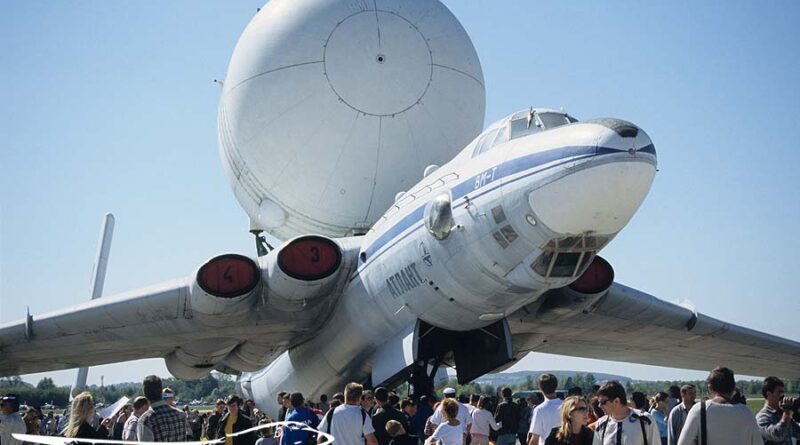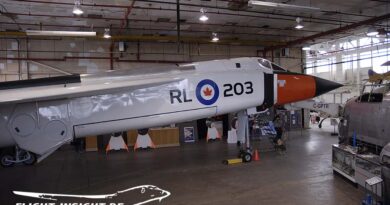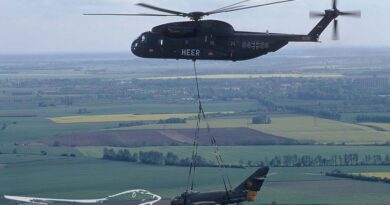Mjassischtschew VM-T Atlant
Ende 1988 begann dann die An-225 ihre Flugerprobung und verdrängte später die beiden Atlants. Mit dem Zusammenbruch der Sowjetunion endete aber auch das Buran-Programm. Pläne für die Verwendung der WM-T als Startplattform für Raumfahrzeuge blieben auf dem Reißbrett, und so wurden die beiden Mjassischtschew-Muster eingelagert. Die SSSR-1502 steht bis heute auf dem Gelände des Flugtestzentrum Shukowski, während die SSSR-1402 auf dem Fliegerhorst Djagilewo zu finden ist.
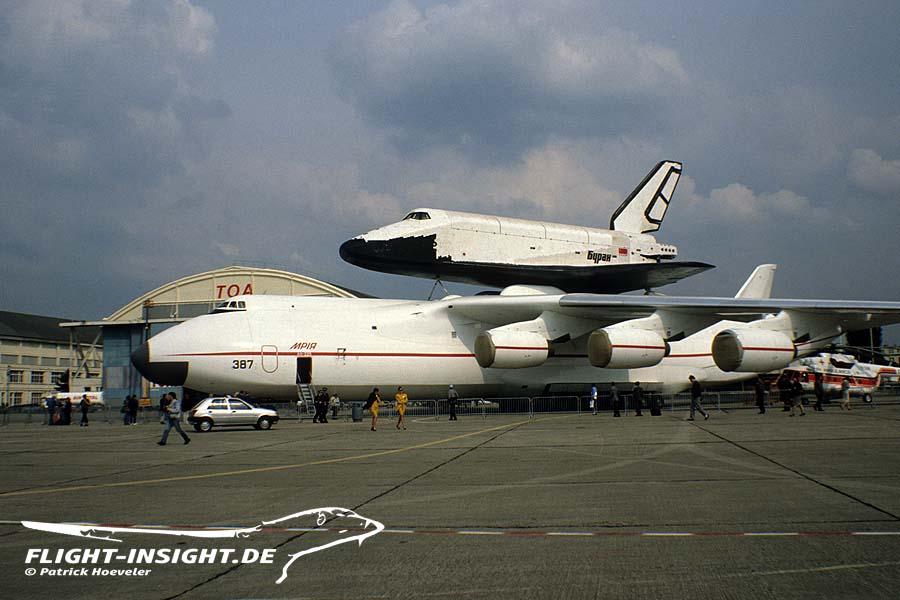
Technische Daten
Besatzung/Crew: 5-6
Antrieb/Powerplant: 4 Dobrynin WD-7MD mit je 105,42 kN Schub/thrust
Länge/Lenght: 51,23 m
Spannweite/Span: 53,14 m
Höhe/Height: 10,6 m
Flügelfläche/Wing area: 351,78 m²
Leermasse/Empty weight: 78,7 t
Max. Nutzlast/Payload: 32 t
max. Startmasse/Take-off weight: 200 t
Max. Reisegeschwindigkeit/Cruise speed: 580 km/h
Dienstgipfelhöhe/Service ceiling: 10200 m
Reichweite/Range: ca. 1500 km
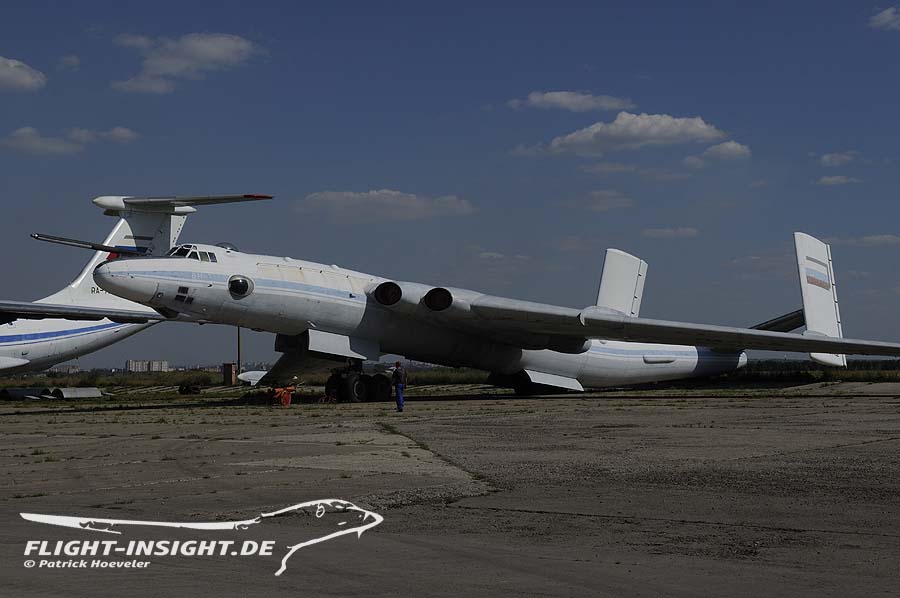
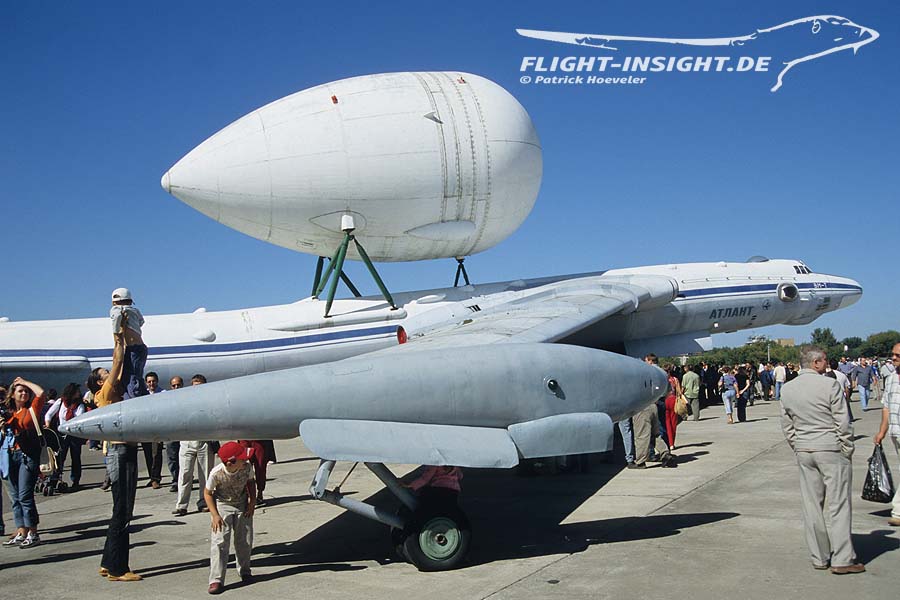

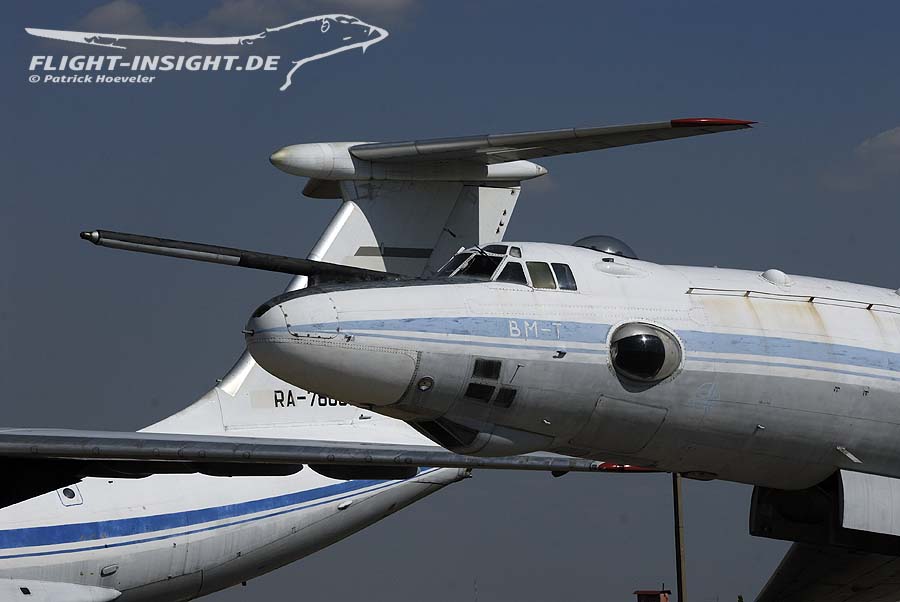
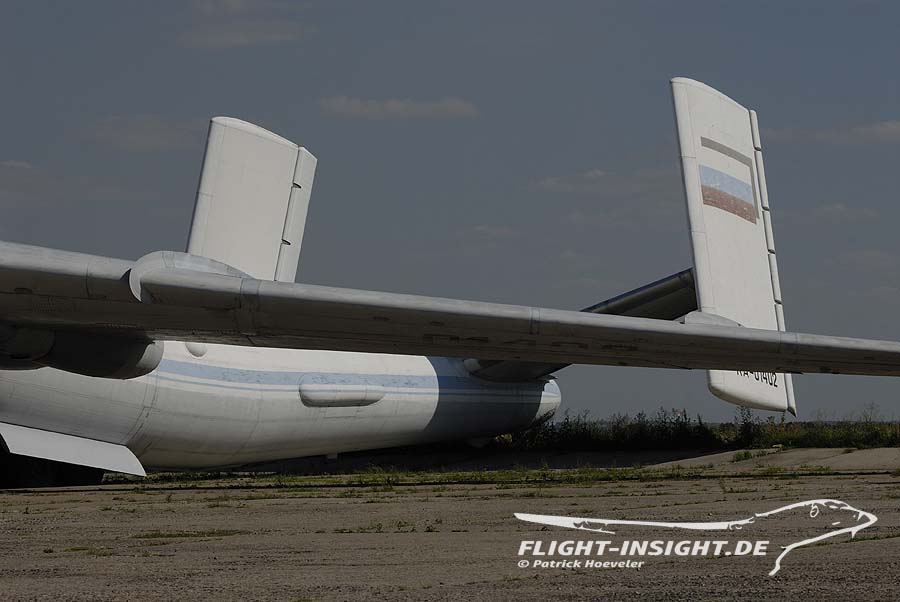
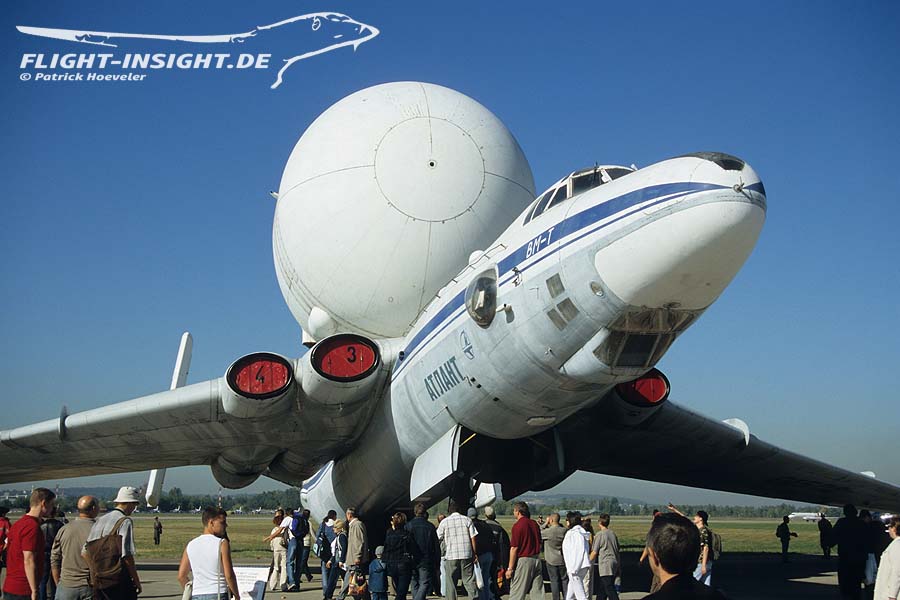
As a counterpart to the American Space Shuttle, the Soviet Union worked on its own orbiter, the Buran programme, in the 1970s. Due to the enormous distances between the production sites and the space centre in Baikonur, transporting important components was only reasonable by air. For this purpose, Antonov was to develop an appropriate transport aircraft and proposed a design based on the An-124 Ruslan. The project would later become the famous An-225 Myria. But the space programme made greater progress than the transporter, and so a temporary solution had to be found. The Myasishchev design bureau threw a variant of the 3M “Bison” strategic bomber into the ring, which would carry its load virtually piggyback on its back. In the absence of realistic alternatives, the engineers finally started the design work in 1978. The focus was primarily on the tail. To keep the previously one-piece tail unit out of the turbulence generated by the external load, the designers chose a new tail unit with two end plates. They also lengthened the rear fuselage by seven metres and reinforced the structure accordingly. The more powerful VD-7MD engine was used for propulsion. Other modifications included adapted flight control and fuel systems, reinforced outer landing gears and special linkages on the fuselage to attach the cargo. After some tug-of-war, the design office finally received three former bombers converted as tankers from the Soviet Air Force to be converted. The aircraft with the construction number 9301504 served as the static test cell, and the two airworthy examples were given the designations SSSR-1402 (9301402) and SSSR-1502 (9301502).
In honour of the designer Vladimir Myasishchev, who died on 14 October 1978, the transport was given the designation VM-T and the name “Atlant” after the giant carrier of the sky Atlas from Greek mythology. Less than two years after work began, the first example (SSSR-1402) was able to take off on its maiden flight on 29 April 1981. The first flight with a payload took place on 6 January 1982, a truly spectacular sight, as the tank of the Energija launch vehicle was almost as long as its carrier and its diameter was more than twice as large as the Atlant’s fuselage cross-section. On 25 January 1982, the second aircraft joined the fleet. In total, the two VM-Ts made more than 150 flights to Baikonur. Depending on the nature of the load, the Atlant could not take off fully fuelled; therefore, until it was modified with an aerial refuelling probe, a stopover was necessary. Eventually, several Buran shuttles also flew piggyback to Baikonur, but without their vertical stabilisers for aerodynamic stability reasons. The maximum payload of the VM-T was 32 tonnes (plus fuel). Two huge scaffolds (60 metres wide and 20 metres high) including a crane were used for loading and unloading, one each in Zhukovsky and Leninsk near Baikonur.
At the end of 1988, the An-225 began its flight tests and later replaced the two Atlants. With the collapse of the Soviet Union, however, the Buran programme also came to an end. Plans for using the WM-T as a launch platform for spacecraft remained on the drawing board, and so the two Myasishchev models were put into storage. The SSSR-1502 still stands today on the grounds of the Zhukovsky Flight Test Centre, while the SSSR-1402 can be found at the Djyagilevo airbase.

